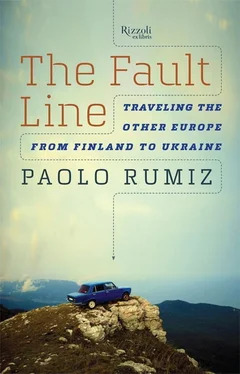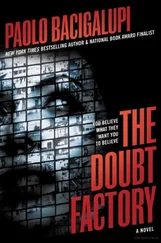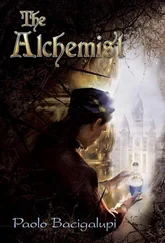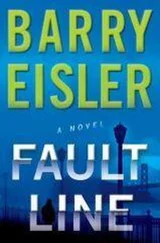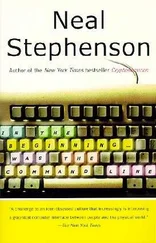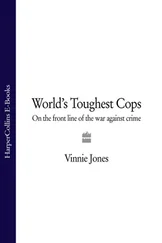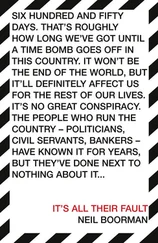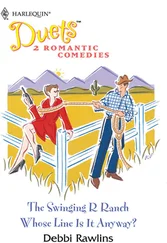
3. KOLA
SMOKESTACKS ON THE TUNDRA;mountains, rivers, and snowfields under the black sky; a lake that collects water and pollutants as if it were a gutter. Then a small candy-coated city of boulevards and avenues, made of pastel houses in strawberry, pistachio, pineapple yellow, and licorice blue, all with round decorations like the ones on whipped-cream cakes. Seen from its panoramic overlook, that’s what Monchegorsk looks like, the center of ex-Soviet metallurgy, under a blue sky in the middle of nowhere, beyond a carpet of vodka bottles, lichens, broken glass, dwarf birches, rust, and barbed-wire fences.
We’ve arrived here on a bus full of women, after traversing a muddy, mining-country landscape scraped flat by glaciers and disemboweled by man. On the long, slightly sloping descents, the driver saved gas by shifting into neutral. The bus station we started out from, in Olenegorsk, was a wooden shack with homeless men gathered around the woodstove, two vigilant dogs, and a ticket seller with thick makeup, spike heels, and a halo of peroxide blond hair. On our arrival in Monchegorsk, a cabbie brought us up here to the mountains, to the overlook under a television tower, where you can see all the way to the Finnish border. Dmitri his name is, and he doesn’t understand why we think there’s so much worth seeing. I had reserved a half day of his services, but he laughs that two hours are more than enough for this place.
“What in the world is there to see in Monchegorsk?”
But there is a lot to see. At my feet is something new and unprecedented: nature that is sweet and meek, defenseless and violated without mercy, punctuated with mines like pus-filled pimples on an adolescent’s face. “Cobalt, nickel, copper,” the cabbie explains, patting his hands together against the chilling sleet, listing the minerals as though he were talking about the petals of a flower. The industrial giant: eleven thousand workers and twenty huge smokestacks, sealed off by barbed wire and guard towers like a Gulag. Here, mining cobalt, nickel, or copper is called tsvetnaya metal urgiya . I’m not sure if that means “light,” “colored,” or “flowery” metallurgy. In any event, the adjective is misleading. If there is a place that has nothing that’s light, colored, or flowery, this is it right here. Enormous black pipes dripping over the lichens, chimneys spitting sulfur onto immaculate snow, mountains of industrial waste as high as the Andes, heaped onto the flower-carpeted pastures of the Scandinavian reindeer. Such is the Kola Peninsula: inferno and paradise. There are few places where Earth’s suffering is more legible.
It’s snowing and the sun is shining. A short walk from the smokestacks, the meringue city is almost beautiful, the last aesthetic effort of the regime before the monstrous apartment complexes of the Khrushchev era. It’s made of three-story houses, decorated with neo-Baroque, almost Austrian, stuccos. Because of the latitude, almost all of them have parabolic antennae pointing downward, as though they were looking for the center of the Earth. The rest is boulevards, lakes, gardens, and silvery birch trees, still leafless. In the main square, with a bronze monument to the elk, a crowd of mothers, happy children, young men with beers in hand, and young women in wedding gowns who have just come out in their high heels from their wedding ceremonies in the town hall. In the church, an elderly woman, sweating from the emotion, is ending her season of atheism by undergoing baptism. She’s alone on her knees, in front of a brand-new iconostasis and a twenty-something priest who looks Mongol.
Toward evening we take the bus for the lake, which is the base camp for the last reindeer herders scattered about the Kola Peninsula. Lov is the name of the lake, and the road to it, a roller-coaster ride riddled with potholes, floats atop a water meadow formed on the permafrost at the end of the thaw. Here, too, the bus’s engine screams uphill and goes alarmingly silent in descent, with the transmission in neutral and the brakes smelling of sulfur. I suddenly realize why we Italians call roller coasters Russian mountains. Anemic birch trees, army bases, barracks with parking lots full of armored vehicles, and strange monuments shaped like missiles pointing to the zenith. On the bus, a lot of muscular men with gym bags. They get off with a bouncing step in the middle of the birches, nowhere near a town. Soldiers, evidently. They all seem a little punchy from the never-setting sun, like one, long, endless Ramadan. We’re hungry. Now we wouldn’t mind having the fish we got from Alexandreyevich and gave to the homeless man in Murmansk.
After every downhill glide, outlined in the distance is a big white mountain, round-topped and treeless. It looks like the hump of a sperm whale and is the orographic center of Kola. I’ve read that it contains loparite, from which titanium is extracted, and that the town of Revda, at the foot of the mountain, is a dormitory town for miners. The high-altitude winds raise swirling banners of snow and light over the valley of mines, which are now in the process of being phased out. It is said that that mysterious basin is considered by the Arctic peoples to be the very soul of the peninsula, which constitutes the northeast closure of Scandinavia. The boreal lands are full of such spirits: the birch trees, small as shrubs, begin to thin out above two thousand feet, contorted by the wind like ghosts on the frontier of nothingness.
Kola is a land of extreme visions, white nights and black legends. Legend has it that in 1799 vampires invaded the land of the midnight sun and cut the population in half by sucking the precious blood of the reindeer herders. The invasion is still talked about today during nights of camping out on the wintry tundra. Around these parts there is a disease, caused by the latitude, called Arctic hysteria. It produces collective hallucinations and is tied to the shamanism of the Sami, the only inhabitants of the extreme lands, the ones where the doors open to the great beyond. A place beyond which only real men are able to look without turning back.
Waiting for us at the end of the line is Ivan, the park ranger from Russian Lapland whom we met in Murmansk. On the jeep that takes us to the lake, the radio is transmitting the voice of the Russian bard Oleg Mityaev. The closer we get to the lake, the more we swerve back and forth between ruts of watery muck.
The lakes of the North are not like the Alpine lakes. Here there is no dry and linear beach, but a maze of woods, water, mud, and marshes, nontraversable either on foot or by car. The best time to explore them is in winter, when the ice and snow cement the surface. With skis you can go anywhere, and it doesn’t matter that the nights are so long; you can navigate by the stars. The glowing snow beneath the leafless birches provides perfect visibility.
Vdovin explains that the mountains of Kola are terra incognita. For strategic reasons—the presence of metals for military use—their names are not even written in atlases. Every schoolkid from here knew the names of every mountain in the Urals and the Caucasus, but about their own area, nothing. In Russia, as everyone knows, it was better not to ask questions. So up until yesterday, those toponyms of the North were either unknown or, if known, unmentionable. Which only added to the air of mystery.
We’re almost at the lake, but our jeep is in mud up to its doors. Now we can’t even get free using four-wheel drive. Ivan ties a steel cable around a tree trunk, pulls out a sort of sliding jack, attaches it to the cable, and tells me to push while he activates a lever. I already know Russian mud. Years ago, in a steel mill under construction in the area of the river Don, a manager’s car got stuck in the mud. He peremptorily called for a truck to pull him out, but in the effort the truck got trapped in the mire, too. Yelling and screaming, he called for a bulldozer, which was promptly swallowed up by the thaw-soaked earth. It took a bridge crane mounted on rails to liberate the three vehicles, to the cheers of a thousand or so workers, overjoyed at the defeat of their arrogant boss.
Читать дальше
